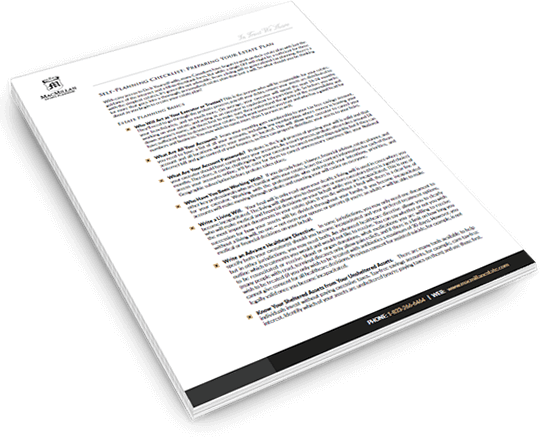 An inheritance, by virtue, is exempt from matrimonial division. If someone inherits a million dollars in cash, land or other assets, it's exempt from matrimonial division during a divorce.
An inheritance, by virtue, is exempt from matrimonial division. If someone inherits a million dollars in cash, land or other assets, it's exempt from matrimonial division during a divorce.
A problem arises when that inheritance is commingled with the inheritors spouse. When this happens, the inheritance loses its protection and is no longer exempt from division during a divorce. That is to say, if they receive $1 million as a cash inheritance and then use it to pay off their mortgage on a property that they own with their spouse, the amount paid towards the communal property is deemed to be a gift and in the event of a divorce, half that property is going to their spouse and the inheritance is partially lost.
The key to avoiding this situation is to plan for the transfer of an inheritance at the most opportune time and in the most opportune way. Rather then leaving a cash gift as an inheritance, the departed could well have provided a trust created through their will.
A trust is a vehicle which separates ownership of an asset from the ability to benefit from the asset. Essentially, you are taking something of value and placing it into a trust which is a separate legal entity that is safe from probate, increased tax liability and the risks associated with you becoming divorced or being sued. The trust will be in the name of a trustee, who manages and controls the trust, but the trust will be used by the beneficiaries, who can be children, grandchildren, charities, etc.
By using a trust to transfer inheritance, the assets are kept separate from the inheritor meaning that they can not be commingled and are protected in the event of a divorce because, it is not your asset, it is owned by a trust.
Sometimes, though, trusts can be a complicated subject to broach. Often inheritors feel that they are being constrained when they are left a trust, as opposed to the direct asset. Though this is true in some cases, that is by the trustor’s (the person leaving the trust) choice.
If the trustor wishes to leave full control of the trust to their loved one’s they would make their child both the trustee and the beneficiary. By doing this, the beneficiary has full control over the assets, same as they would if it had been given to them outside a trust, but now it will be fully protected from divorce and lawsuits.
There are two common ways that inheritors use trusts to obtain the same objectives they would if given assets outside a trust, but with the added benefit of protection. Firstly, they could could purchase assets inside the trust.
To illustrate, let’s assume a child inherits $5 million in affluence, which is in a trust that they are both trustee and beneficiary of. If that child decides to purchase a recreational property, instead of putting it in their name and taking money out of the trust to do so, they would buy the property within the trust. In doing the property would be owned by the trust and not the individual. Now assume this child gets divorced; because the asset was purchased within the trust, it is property of the trust and is not subject to matrimonial division.
This scenario works best with cash purchases. If you need to work with a bank to buy the property, it may be difficult. Banks can sometimes be reluctant to deal with a trust. That is to say, if the property is owned within the trust and the trust has to get the mortgage, some banks are averse to completing the transaction.
Alternatively, the child could borrow money from the trust and put the property in their own name. In the event of a divorce, they would have to pay the trust back that money. No different than if they had bought the property using a mortgage from the Bank - in the event of a divorce, they would have to pay the Bank back first. So in this case, the trust is simply taking the place of a lender, thereby maintaining protection over that principle.
The important thing to remember, at the end of the day, is that the choices you make, and the tools you utilize, have a large impact on your estate and your family. And, while a certain estate planning technique may work for one family, or an individual familiy member, it may not work for everyone.
If you would like to learn more about protecting an inheritance from matrimonial claim or you want to discuss the best options for your unique situation, please contact us today for a complimentary consultation!






